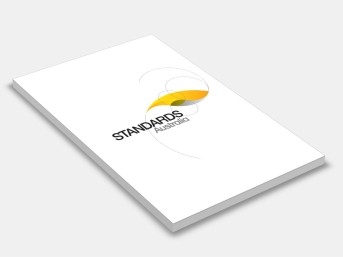AS 1170.4-2007 Structural design actions, Part 4: Earthquake actions in Australia
Standards Australia
Supersedes: AS 1170.4-1993 Minimum design loads on structures (known as the SAA Loading Code), Part 4: Earthquake loads
Supersedes: AS 1170.4 SUPP 1-1993 AMDT 1 Structural design actions, Part 4: Earthquake actions in Australia
Supersedes: AS 1170.4 SUPP 1-1993 Structural design actions, Part 4: Earthquake actions in Australia
Draft Designation: DR 04303Amended by: AS 1170.4-2007 Amd 1:2015 Structural design actions, Part 4: Earthquake actions in Australia
Amended by: AS 1170.4-2007 Amd 2:2018 Structural design actions, Part 4: Earthquake actions in Australia
Reconfirmed by: AS 1170.4-2007 REC:2018 Structural design actions, Part 4: Earthquake actions in Australia
The objective of this Standard is to provide designers of structures with earthquake actions and general detailing requirements for use in the design of structures subject to earthquakes.
The Standard has been drafted to be applicable to the design of structures constructed of any material or combination thereof. Designers will need to refer to the appropriate material Standard(s) on detailing requirements additional to those contained in this Standard.
This Standard is not equivalent to ISO 3010:2001, Basis for design of structures - Seismic actions on structures, but is based on equivalent principles.
Reconfirmed: 2018-03-16
Originated as AS2121-1979. Revised and redesignated as AS 1170.4-1993. Second edition 2007. Reissued incorporating Amendment No. 1 (August 2015). Reissued incorporating Amendment No. 2 (February 2018).
Contents:
Section 1: Scope And General
Section 2: Design Procedure
Section 3: Site Hazard
Section 4: Site Sub-Soil Class
Section 5: Earthquake Design
Section 6: Equivalent Static Analysis
Section 7: Dynamic Analysis
Section 8: Design Of Parts And Components
Appendix A: Domestic Structures (Housing)
General Design Requirements and Loading on Structures.
BD-006
Association of Consulting Engineers Australia; Australian Building Codes Board; Australian Steel Institute; Cement Concrete and Aggregates Australia; Concrete Masonry Association of Australia; Department of Building and Housing (New Zealand); Engineers Australia; Housing Industry Association; Institution of Professional Engineers New Zealand; James Cook University; Master Builders Australia; New Zealand Heavy Engineering Research Association; Property Council of Australia; Steel Reinforcement Institute of Australia; Swinburne University of Technology; Timber Development Association (NSW); University of Canterbury New Zealand; University of Melbourne; University of Newcastle.
